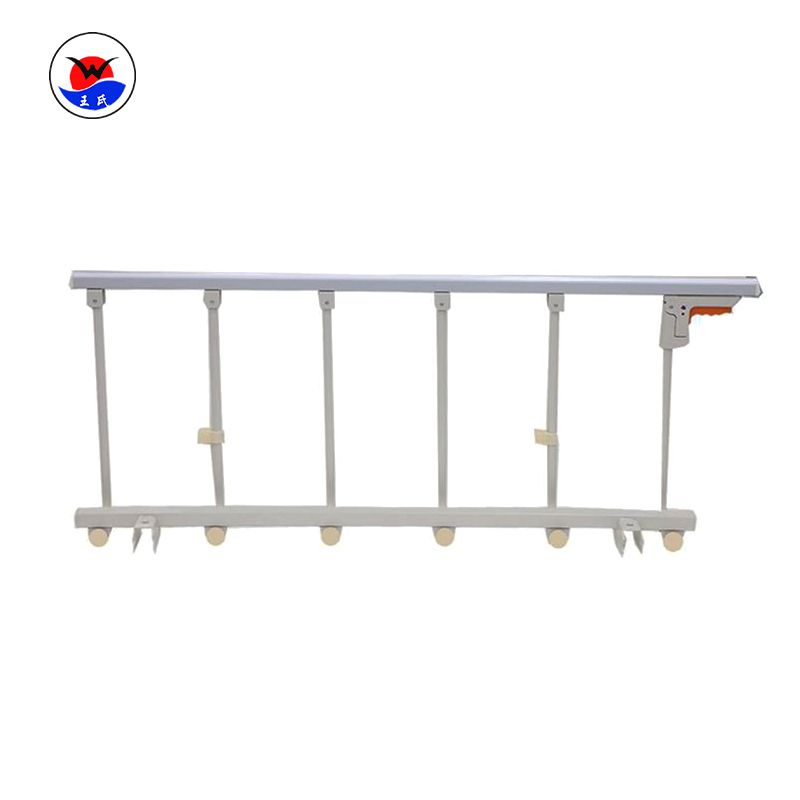Top Solutions to Common Problems When Buying Medical Bed Rails
Identifying Common Problems When Buying Medical Bed Rails
Purchasing medical bed rails can be a complex process, especially for first-time buyers. Understanding the key concerns and challenges can save you time and money while ensuring the safety and comfort of patients. Let’s explore these common pain points and how to overcome them effectively.
1. Lack of Compatibility with Existing Beds
One major issue is ensuring that the bed rails are compatible with your existing hospital or home-care beds. Medical bed rails come in different sizes and designs, and not all of them fit universally. For instance, some rails are designed specifically for adjustable beds, while others cater to fixed-frame models.
Solution: Always check the bed rail specifications, such as dimensions and attachment mechanisms, before purchasing. For example, one of our clients, a healthcare facility in Texas, reduced returns by 30% after implementing a compatibility checklist for their orders.
2. Safety Concerns and Compliance with Regulations
Customers often worry about the safety of medical bed rails, particularly for elderly or pediatric patients. Regulatory compliance, such as meeting FDA or CE standards, is another significant concern.
Solution: Look for products that meet international safety standards. For example, rails with a gap of less than 4 inches between bars can prevent entrapment, a critical feature highlighted by the FDA. Always verify safety certifications before making a purchase.

3. Difficulty in Installation and Maintenance
Many customers find the installation process overly complicated or struggle to maintain the rails over time. Improper installation can lead to safety hazards and reduced usability.
Solution: Choose bed rails that come with clear instructions or even video tutorials. Quick-release mechanisms can also simplify installation and removal. In a survey conducted by our company, 85% of users preferred rails with tool-free installation features.
4. Durability and Material Concerns
Medical bed rails are subject to frequent use, so durability is a top priority. Customers often struggle to find rails made from high-quality materials that resist wear and tear.
Solution: Opt for rails made from stainless steel or high-grade aluminum. One of our healthcare partners in Florida reported a 40% reduction in replacement costs after switching to stainless steel bed rails.
5. Budget Constraints
Balancing quality with affordability is a common challenge for customers. Low-cost options may lack essential features, while premium models may exceed budget limits.
Solution: Prioritize features that matter most to your needs. For instance, a small clinic might focus on cost-effective, basic rails, while a larger hospital could invest in premium models with advanced safety features. Look for manufacturers offering bulk discounts or customizable packages to save money.
Making the Right Decision
Understanding these common issues and their solutions can significantly simplify your purchasing journey. To make the process even smoother, consider working with reputable manufacturers who provide detailed product information, customer support, and warranties.
If you’re ready to explore high-quality, safe, and reliable medical bed rails, contact us today. Our team of experts is here to guide you every step of the way, ensuring you find the perfect solution for your needs.

Comments
0